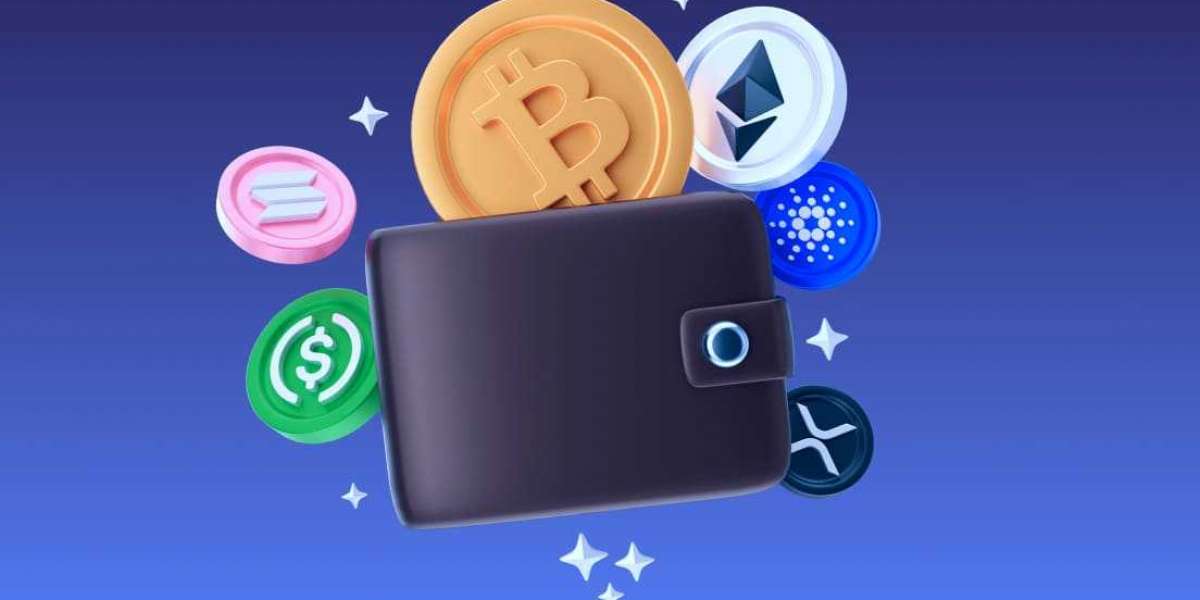The evolution of crypto has brought increased adoption, innovation, and unfortunately, security breaches. As investors become more conscious of protecting their holdings, many are turning back to the fundamentals of crypto safety—starting with cold storage.
A cold crypto wallet is one of the most secure methods for storing your digital assets. It keeps your private keys offline, away from hackers, malware, and software bugs that plague connected devices.
Whether you're new to the space or holding a significant portfolio, understanding how cold wallets work—and how to choose the right one—is critical to staying safe in 2025 and beyond.
Why It Matters: The Unseen Dangers of Online Storage
The appeal of hot wallets is clear: they’re fast, convenient, and often built into the same apps you use to buy, sell, or trade crypto. But that convenience comes with serious risks.
In recent years, major hacks have drained user funds from exchanges, browser wallets, and mobile apps. These attacks often succeed because private keys are stored online—where attackers can reach them.
A cold crypto wallet is different. It’s disconnected from the internet, making remote attacks nearly impossible. It protects your keys from being intercepted, extracted, or manipulated by bad actors—even if your computer is compromised.
This offline isolation is the single most important feature in modern crypto security.
How It Works: The Cold Wallet in Practice
The core idea of a cold crypto wallet is simple: store your private keys offline, in a device or environment that’s physically disconnected from the internet. Let’s break that down:
Key Generation and Isolation
A cold crypto wallet generates your private keys on the device itself. These keys never leave the device and never touch an internet-connected system.
Secure Transaction Signing
When you want to send crypto, you prepare the transaction on your computer, send it to the cold wallet for signing, and then send the signed transaction back to the network. This process ensures the private key is never exposed.
Recovery Mechanism
You’re given a recovery seed—a series of 12 or 24 words—which allows you to restore your funds if your wallet is lost or damaged. The best practice is to write this down and store it in a secure, offline location.
This flow provides both maximum control and minimal digital exposure—key factors in a reliable cold wallet solution.
Top Opportunities: Who Should Use a Cold Wallet?
Using a cold crypto wallet isn’t just for crypto millionaires. It’s a practical option for anyone with long-term holdings or heightened risk sensitivity. Here’s who benefits most:
Long-Term Holders (HODLers)
If you plan to hold your crypto for years, cold storage keeps your assets untouched and secure until you're ready to move them.
High-Net-Worth Individuals
Those with large portfolios should avoid unnecessary exposure. A cold wallet provides peace of mind that no software update, exchange breach, or phishing scam will drain your assets.
Institutional Investors
Funds, treasuries, and crypto businesses need secure custody. Many cold wallets offer enterprise-level solutions with additional features like multi-signature access and compliance support.
Security-Conscious Users
Even if you’re only storing a few thousand dollars, you might want the safety of knowing your crypto isn’t one compromised password away from disappearing.
The cold crypto wallet is the right fit if you want independence, control, and long-term asset protection.
Risks and Limitations of Cold Wallets
Like any security measure, cold wallets have trade-offs. While they reduce cyber risk, they introduce other challenges that users must be aware of.
Physical Loss or Damage
If your cold wallet is lost, stolen, or destroyed—and you haven't properly backed up your recovery seed—your funds are gone for good.
Complexity and Learning Curve
Some cold wallets require understanding transaction signing, firmware updates, and offline security best practices. Beginners may need time to get comfortable.
Limited Convenience
Cold wallets aren’t made for daily transactions or high-frequency trading. Accessing funds involves more steps and often requires connecting the wallet to a computer or mobile app.
Upfront Cost
Unlike hot wallets, which are often free, cold wallets usually cost between $60 and $200. While not expensive, it’s a consideration for new users.
Despite these risks, millions of users choose cold storage for one simple reason: it works. A cold crypto wallet gives you full control of your crypto and shields you from most digital threats.
Choosing the Right Cold Crypto Wallet
There are several reputable brands to consider when looking for a cold crypto wallet in 2025. Each offers different features suited to various user needs:
Ledger Nano X: Compact and widely supported with Bluetooth access.
Trezor Model T: Open-source and easy to use, with a touchscreen.
Coldcard: Designed for Bitcoin maximalists and focused on deep security.
Keystone Pro: Air-gapped with QR code signing and open-source firmware.
Ellipal Titan: Mobile-focused with strong multi-chain support.
When evaluating the best cold crypto wallet for your needs, prioritize security, asset compatibility, ease of use, and recovery options. Also consider community trust and regular firmware updates.
Conclusion: Cold Wallets Still Lead the Way in 2025
The landscape of crypto continues to change, but the principle of self-custody remains constant. With rising threats and an uncertain regulatory future, storing your digital assets offline has never been more relevant.
A cold crypto wallet gives you full ownership over your funds, removing reliance on third parties and shielding your assets from most types of attack. Whether you’re protecting a modest portfolio or a life-changing sum, cold storage remains the gold standard for crypto security.
In 2025, the best defense is still being offline. Choosing a cold wallet isn’t just a smart move—it’s an essential step toward digital independence.








